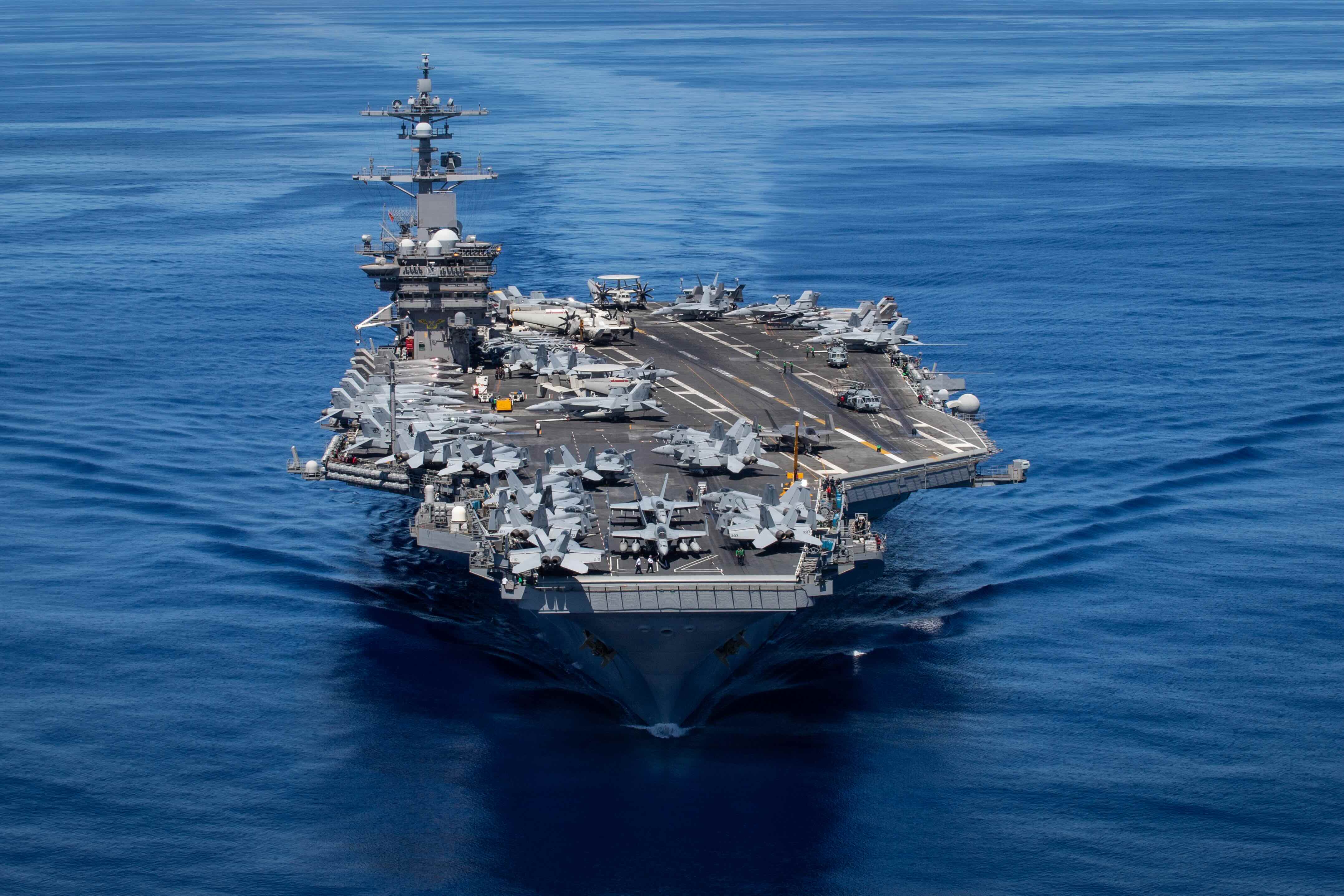Japan has successfully completed the first phase of upgrading the JS Kaga, transitioning the vessel from a helicopter to an aircraft carrier, a move that reintroduces aircraft carrier capabilities to the Japanese Maritime Self-Defense Force (JMSDF) for the first time since World War II. The Kaga, which has been serving as a multi-purpose operation destroyer, underwent modifications to host the F-35B Lightning II, a vertical take-off variant of the stealth fighter jet.
The upgrade involves significant changes to the Kaga’s deck and the application of a heat-resistant coating to accommodate the F-35B’s jet engines. This development is part of Japan’s strategic response to rising regional tensions, particularly concerning maritime security. The transformation of the Kaga is a clear indication of Japan’s intent to bolster its military capabilities, albeit within the confines of its pacifist constitution, which renounces war as a means of settling international disputes.
Despite the enhancement of Japan’s military assets, analysts maintain that the Kaga’s upgrade, by itself, is unlikely to shift the balance of power in the region dramatically. The strategic significance of this upgrade lies in its contribution to Japan’s overall defense strategy rather than serving as a standalone solution to regional challenges.
The JMSDF plans to similarly upgrade the JS Izumo, Kaga’s sister ship, reflecting a broader move towards enhancing Japan’s maritime self-defense and collective security efforts. This initiative does not signify a departure from Japan’s defensive posture but rather an adaptation to the changing security landscape in the Pacific.
The introduction of the upgraded Kaga and the planned modification of the Izumo come as Japan seeks to navigate the complexities of regional geopolitics and assert its role as a formidable maritime force. While Japan continues to adhere to its constitution’s pacifist principles, the reinterpretation of Article 9 under former Prime Minister Shinzo Abe has provided a legal framework for more proactive defense measures, including the right to collective self-defense.
Expanded Coverage:









